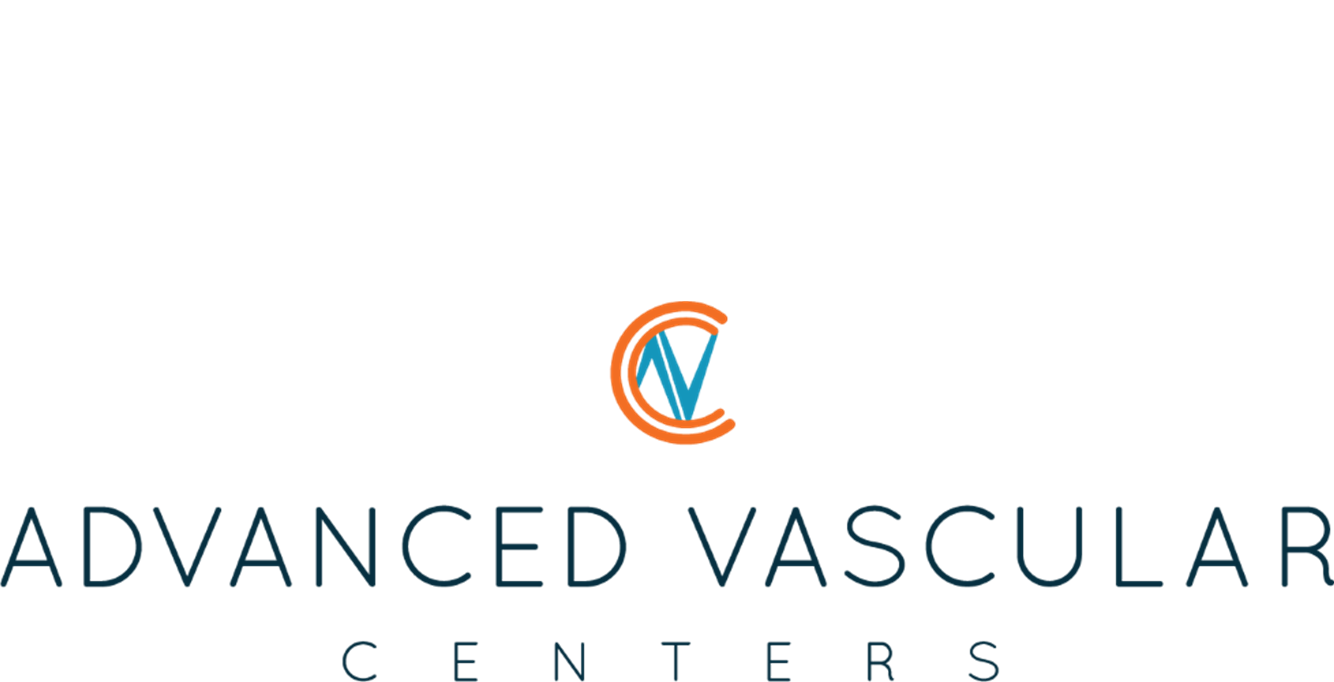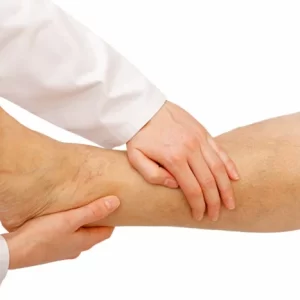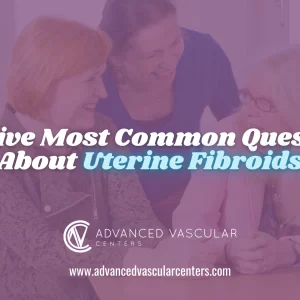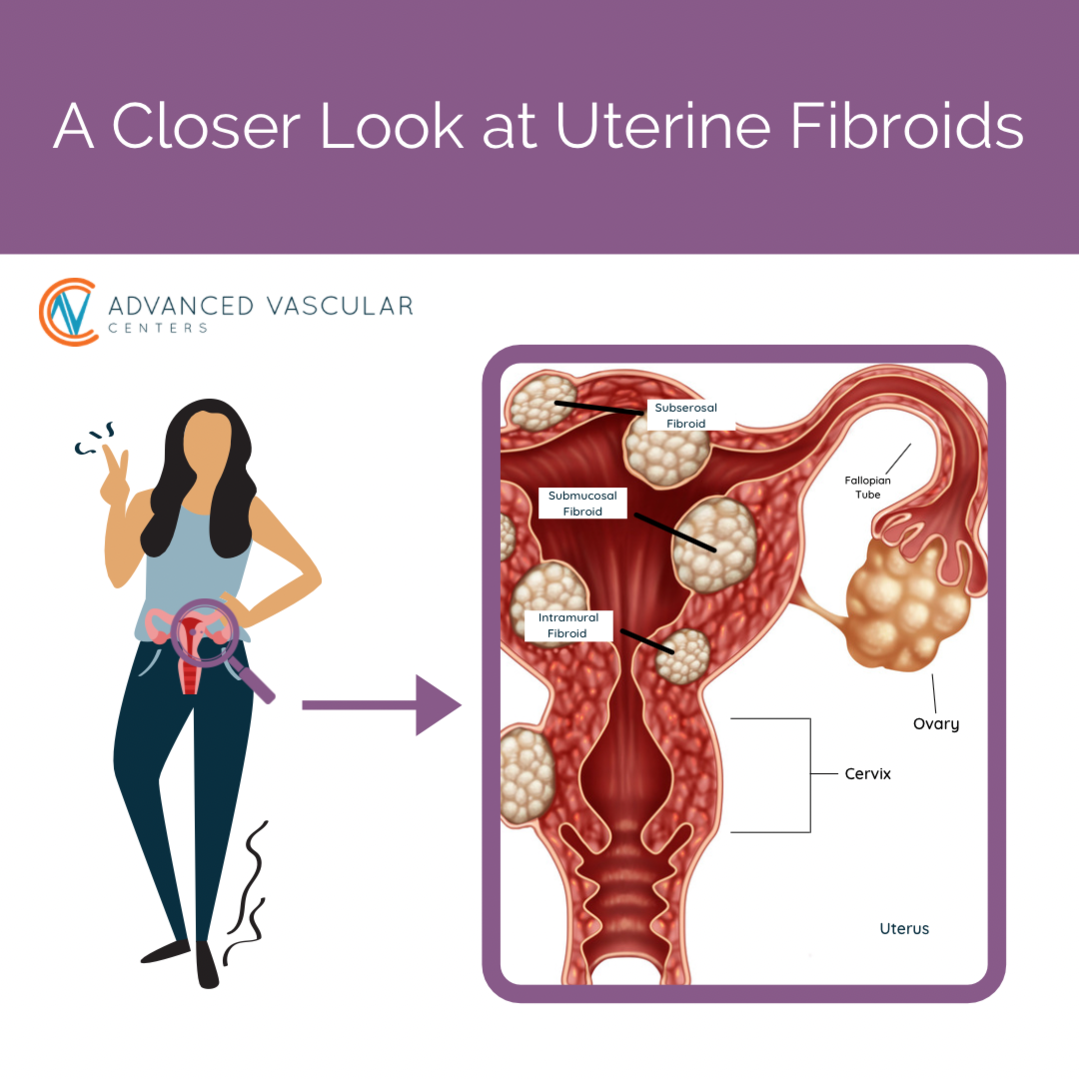LASER ABLATION
Laser ablation is a minimally invasive procedure that uses laser energy to destroy abnormal tissues or lesions. This article explores the principles of laser ablation, its applications in various medical fields, the procedure itself, potential benefits and risks, and post-procedural care.
Contact AVC to see if you are a candidate for Laser Ablation.
Laser Ablation
Laser ablation, also known as laser therapy or laser surgery, is a medical procedure that uses laser energy to precisely target and destroy abnormal tissues or lesions. It is often used as a minimally invasive alternative to traditional surgical methods, offering patients a quicker recovery time and reduced risk of complications.
Principles of Laser Ablation
Laser ablation works by delivering high-energy laser light to the target tissue, which absorbs the energy and converts it into heat. This heat causes the tissue to coagulate, vaporize, or be destroyed, depending on the desired effect. The laser energy can be delivered through a fiber-optic cable, allowing for precise targeting of the treatment area.
Applications of Laser Ablation
- Dermatology: Laser ablation is commonly used to treat various skin conditions, including birthmarks, scars, tattoos, and skin cancer.
- Ophthalmology: Laser ablation is used to treat certain eye conditions, such as retinal disorders and glaucoma.
- Neurosurgery: Laser ablation is used to treat brain tumors and certain neurological conditions, such as epilepsy.
- Gynecology: Laser ablation is used to treat gynecological conditions, such as cervical dysplasia and fibroids.
- Urology: Laser ablation is used to treat urological conditions, such as kidney stones and benign prostatic hyperplasia (BPH).
Benefits of Laser Ablation
- Minimally Invasive: Laser ablation is a minimally invasive procedure that can be performed on an outpatient basis, reducing the need for hospitalization.
- Precision: Laser ablation allows for precise targeting of the treatment area, minimizing damage to surrounding tissues.
- Quick Recovery: Laser ablation has a shorter recovery time compared to traditional surgical methods, allowing patients to return to their normal activities sooner.
Laser ablation is a versatile and effective medical procedure that offers patients a minimally invasive alternative to traditional surgical methods. With its precise targeting and quick recovery time, laser ablation is increasingly being used in various medical fields to treat a wide range of conditions. Contact us to discuss the potential benefits and risks.
The Laser Ablation Procedure
- Pre-procedure Assessment: The patient’s medical history is reviewed, and a physical examination is performed to determine the appropriate treatment plan.
- Informed Consent: The procedure is explained to the patient, including its purpose, potential risks, and benefits, and informed consent is obtained.
- Preparation: The patient is positioned comfortably, and the treatment area is cleaned and sterilized. Local or general anesthesia may be used to numb the area and reduce discomfort.
- Laser Ablation: The laser energy is delivered to the target tissue using a fiber-optic cable, guided by imaging techniques such as ultrasound, MRI, or CT scan, to ensure precise targeting.
- Post-procedure Care: After the procedure, the patient may experience some discomfort, swelling, or redness at the treatment site. Pain medication and ice packs may be used to manage these symptoms. The patient is usually able to resume normal activities within a few days, although strenuous activities should be avoided for a short period.
Risks and Complications
While laser ablation is generally considered safe, it carries certain risks, including:
- Skin burns or scarring
- Infection
- Bleeding
- Damage to surrounding tissues
FAQS
What conditions can be treated with laser ablation?
Laser ablation can be used to treat a variety of conditions, including skin conditions (e.g., birthmarks, scars, tattoos, skin cancer), eye conditions (e.g., retinal disorders, glaucoma), brain tumors, epilepsy, gynecological conditions (e.g., cervical dysplasia, fibroids), and urological conditions (e.g., kidney stones, benign prostatic hyperplasia).
Is laser ablation painful?
Laser ablation is typically not painful, as local or general anesthesia is used to numb the treatment area and reduce discomfort. Some patients may experience mild discomfort or a sensation of heat during the procedure.
How long does it take to recover from laser ablation?
Recovery time from laser ablation varies depending on the type and location of the treatment. In general, patients can resume normal activities within a few days, although strenuous activities should be avoided for a short period.
Can laser ablation be repeated if necessary?
Yes, laser ablation can be repeated if necessary to achieve the desired treatment outcome. However, the decision to repeat the procedure depends on the specific condition being treated and the patient’s response to the initial treatment.
How effective is laser ablation in treating various conditions?
Laser ablation is generally considered effective in treating a variety of conditions. However, the effectiveness of the treatment depends on factors such as the type and severity of the condition, the location of the treatment, and the patient’s overall health status.
What should I expect during and after a laser ablation procedure?
During the procedure, you can expect to be awake or under anesthesia, depending on the type of treatment. You may feel some mild discomfort or a sensation of heat during the procedure. After the procedure, you may experience some swelling, redness, or discomfort at the treatment site, which can be managed with pain medication and ice packs. We provide instructions for post-procedure care to ensure optimal healing.




